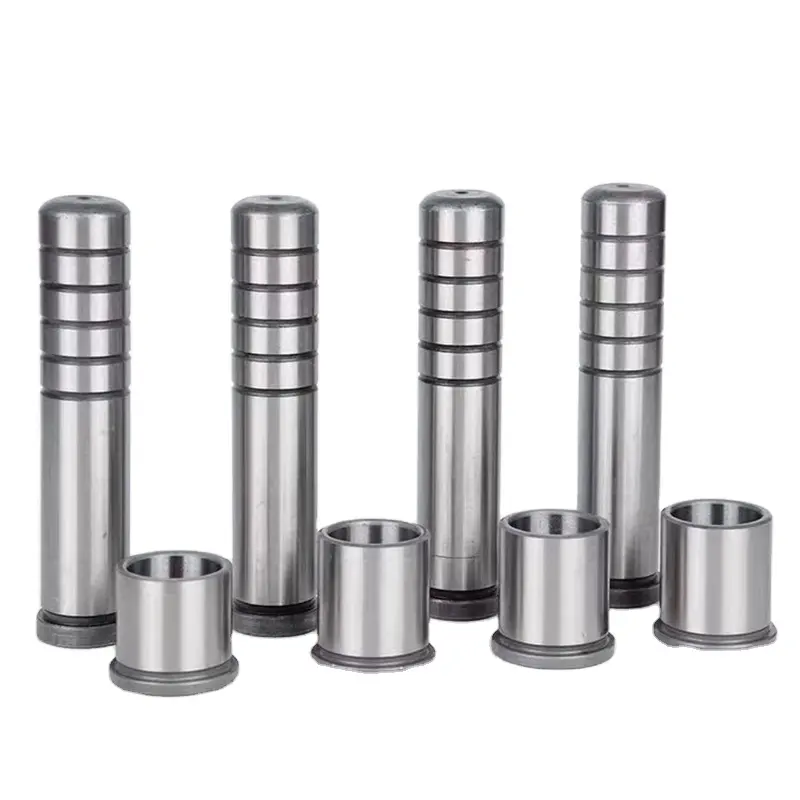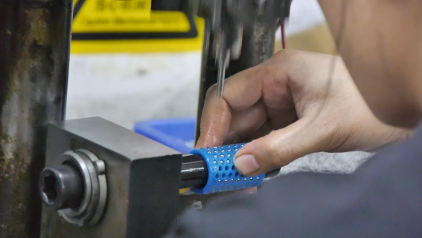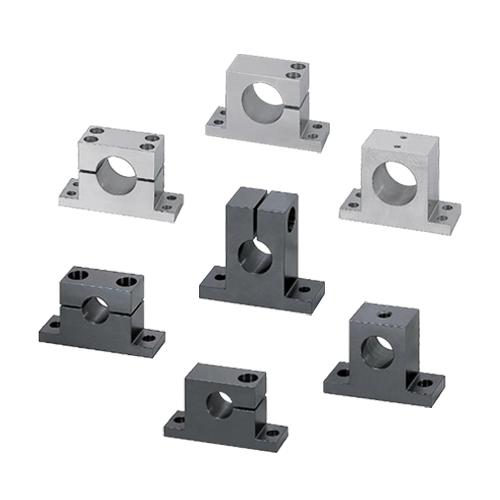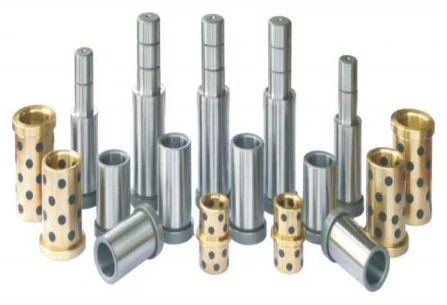Choosing the Right Guide Pillars
In the world of precision engineering, guide pillars are unsung heroes that play a critical role in various industrial applications. They are often the silent forces that ensure alignment and movement accuracy in machines and tools. In this article, we’ll delve into what guide pillars are, where they are primarily used, the potential pitfalls of choosing the wrong guide pillars, and how to select the right guide pillars, considering aspects like material, size, and hardness.
Table of contents
Understanding Guide Pillars
Guide pillars, also known as guide posts or guide columns, are cylindrical or rod-like components made of durable materials, such as steel. They are designed to provide precise guidance and alignment in mechanical and industrial systems. These pillars are used to support moving parts, maintain accurate positioning, and ensure smooth linear or rotational movement.
Where Guide Pillars Find Their Purpose
Guide pillars are employed in various applications where precision and alignment are of utmost importance. Some of the key areas where they are commonly used include:
- Injection Molding: In the manufacture of plastic and metal parts, guide pillars ensure that molds are correctly aligned, guaranteeing the production of high-quality components.
- Die Cutting: Guide pillars play a vital role in ensuring that cutting dies are accurately aligned, resulting in precise and clean cuts in materials like paper, cardboard, and metal.
- Machine Tools: In machining operations, guide pillars assist in maintaining the alignment of tooling and workpieces, contributing to the accuracy and quality of the finished products.
- Automotive Industry: Guide pillars are widely utilized in the automotive sector to support various components, including engine parts and chassis elements, ensuring they are correctly aligned and function smoothly.
- Automation and Robotics: In automated systems and robotics, guide pillars are crucial for guiding and aligning moving components, facilitating precise and efficient movements.
The Pitfalls of Choosing the Wrong Guide Pillars
Selecting the wrong guide pillars can have detrimental consequences for industrial processes and machinery. Potential pitfalls include:
- Misalignment: Inaccurate guide pillars can lead to misalignment of moving parts, resulting in subpar product quality and decreased operational efficiency.
- Excessive Wear: Choosing guide pillars with inadequate hardness or unsuitable materials can lead to excessive wear and premature failure, necessitating frequent replacements.
- Reduced Precision: Incorrectly sized guide pillars may compromise precision, affecting the quality and consistency of products or processes.
- Increased Maintenance Costs: Poorly chosen guide pillars may lead to increased maintenance costs due to frequent repairs and replacements.
Choosing the Right Guide Pillars

Selecting the right guide pillars is essential to ensure smooth and precise operation in industrial applications. Here are key considerations for making the right choice:
1. Material:
Choose guide pillars made of materials suitable for the application’s requirements. Common materials include:
- Steel: For general-purpose applications.
- Hardened Steel: When high hardness and wear resistance are needed.
- Stainless Steel: In corrosive or sanitary environments.
- Bronze or Self-Lubricating Materials: When reduced friction is necessary.
2. Size and Diameter:
Select guide pillars with the appropriate size and diameter to ensure a proper fit and alignment within the machinery or system. The size should match the load and precision requirements of the application.
3. Hardness:
Consider the hardness of the guide pillars to withstand the intended loads and wear conditions. Hardened guide pillars are often necessary for heavy-duty applications.
4. Tolerance and Surface Finish:
Check the tolerance and surface finish of the guide pillars to ensure smooth and accurate movement. Precision is key in applications requiring tight tolerances.
5. Lubrication:
Determine whether the guide pillars need external lubrication or should be self-lubricating, depending on the application’s requirements.
In conclusion, guide pillars are indispensable components in precision engineering, and selecting the right ones is paramount. By carefully considering material, size, hardness, tolerance, and lubrication, you can ensure that guide pillars provide the precise alignment and smooth movement required for optimal performance in your industrial applications.







